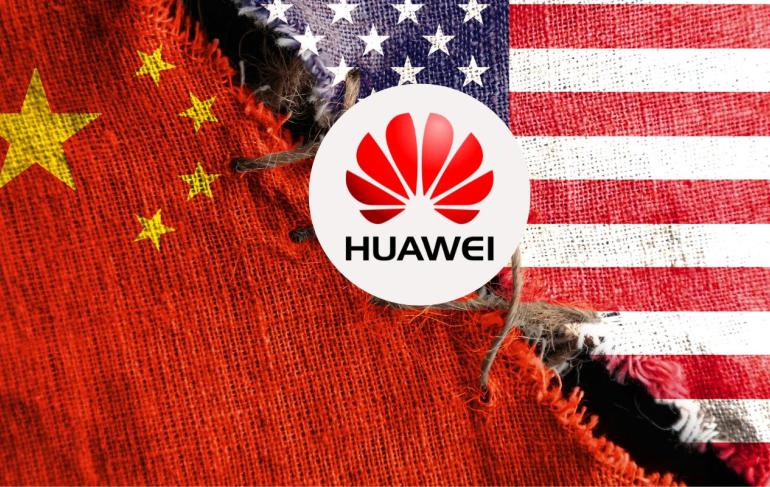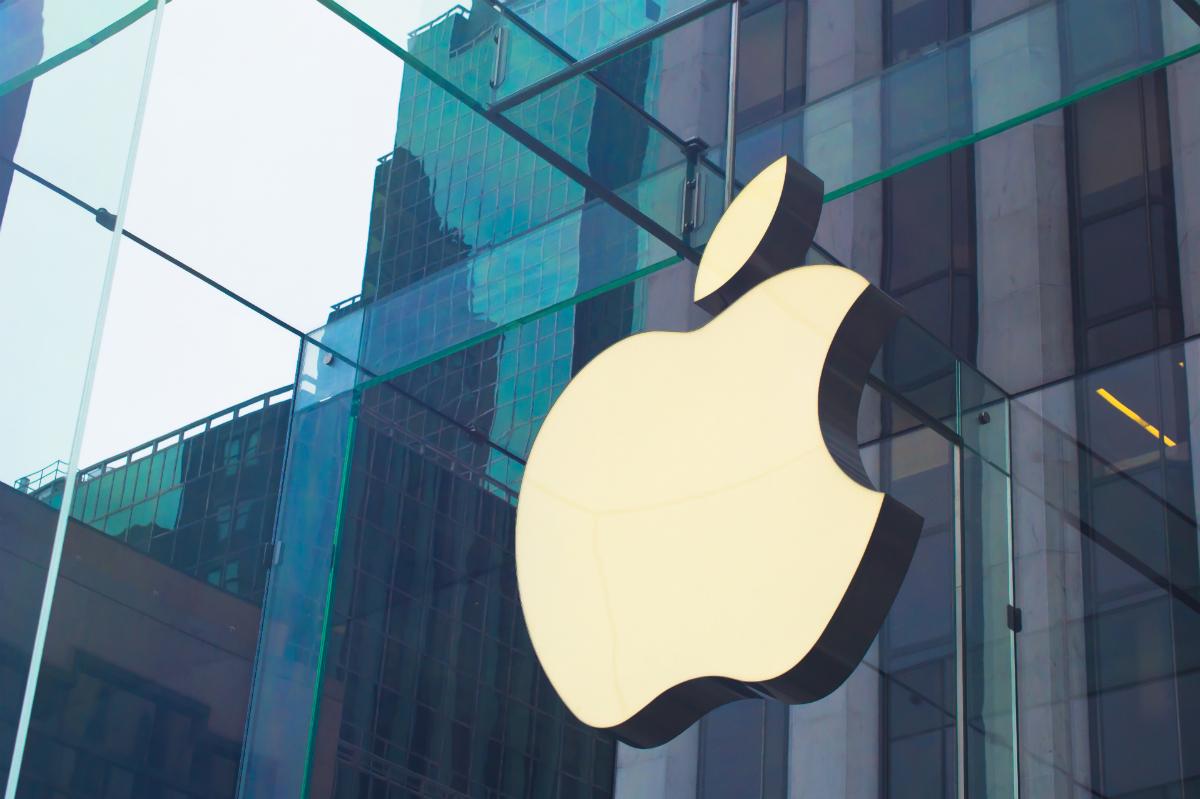The Huawei Mate 50 Defeats The iPhone 14 In The First Satellite Connectivity Phone Race By One Day
Apple’s new iPhone 14 series, released on Wednesday, satisfies every requirement cited by reviewers and customers. Major enhancements were reserved for the Pro models; however, all models received emergency SOS via satellite.
Apple, which claims to have spent years refining the function, came very close to being the first business to provide satellite connectivity, but Huawei beat it to the punch by one day before the launch of the iPhone 14.
A day earlier, Huawei‘s equivalent of Apple’s much-anticipated satellite-powered SOS function for the iPhone 14 was introduced a day earlier.

The flagship Mate 50 series from the Chinese manufacturer of telecom equipment and smartphones announced capabilities for satellite texting. This function is enabled by Beidou, China’s equivalent to the United States Global Positioning System enables this function.
It’s not a really cutting-edge development to be able to communicate with others via satellite signals. Huawei claims that this is the first time this Beidou feature has been included in a consumer-facing smartphone.
While there is no cellular service, users may still send each other text messages and GPS coordinates through a dedicated app that can also build a route map.
The SOS communication feature may be particularly important in the United States due to the ease with which people can disconnect from modern conveniences, whether by choice (like when camping) or necessity (due to the lack of cellular connections).
Anyone who has tried to find nature in China knows how common it is to find themselves on 5G-covered paved routes (with stairs and railings!).

Even with this new fad in satellite technology, Huawei probably won’t be able to escape its own problems. Since the United States cut it off from essential Android services and cutting-edge chip supplies, the behemoth’s global market share has suffered a knock.
Domestically, it has also struggled, with Counterpoint statistics showing that it dropped out of China’s top five brands in 2017. With 13% of the total shipment volume in China in Q2 2018, Apple was the fifth most popular brand in the country.
Currently, only the United States and Canada have access to Apple’s SOS satellite option, while Huawei’s service is limited to the Chinese mainland. A Chinese tech observer has commented on the chasm, saying, “This circumstance [with the two phone titans each giving the SOS feature in their own country] is a metaphor for our world today.” This refers to the technology decoupling between China and the United States.

However, untangling the relationships between the two tech giants has been more difficult than initially anticipated. This week in the New York Times:
Starlink, SpaceX’s satellite internet constellation that delivers satellite Internet access coverage to 40 nations, will provide direct-to-phone connectivity for T-Mobile customers, possibly as soon as 2023. This announcement came just days before Apple’s unveiling. Users outside the United States need not apply.

